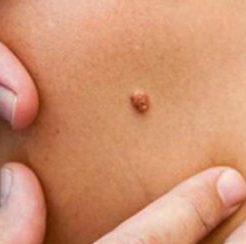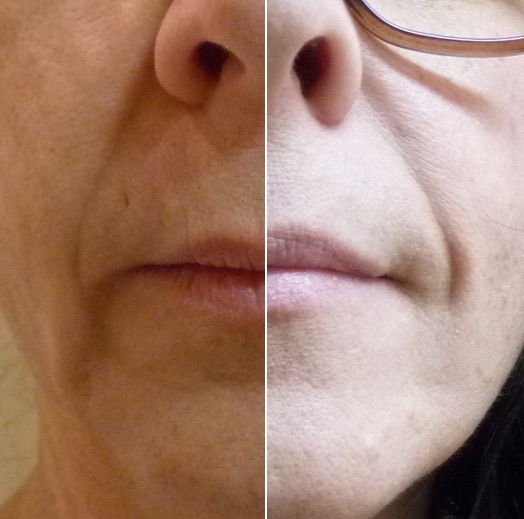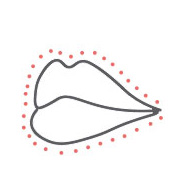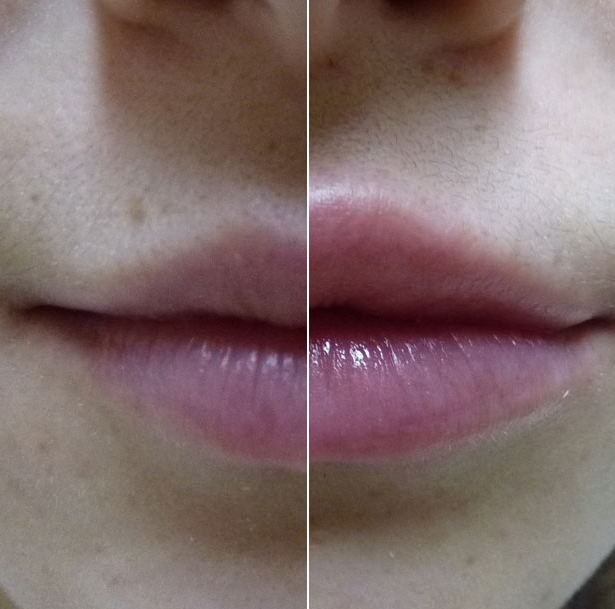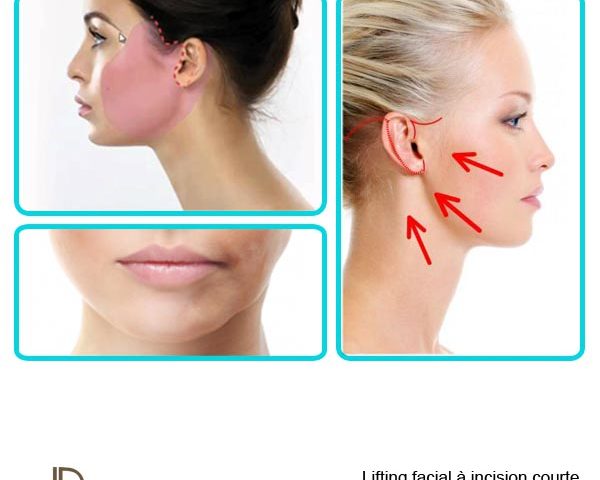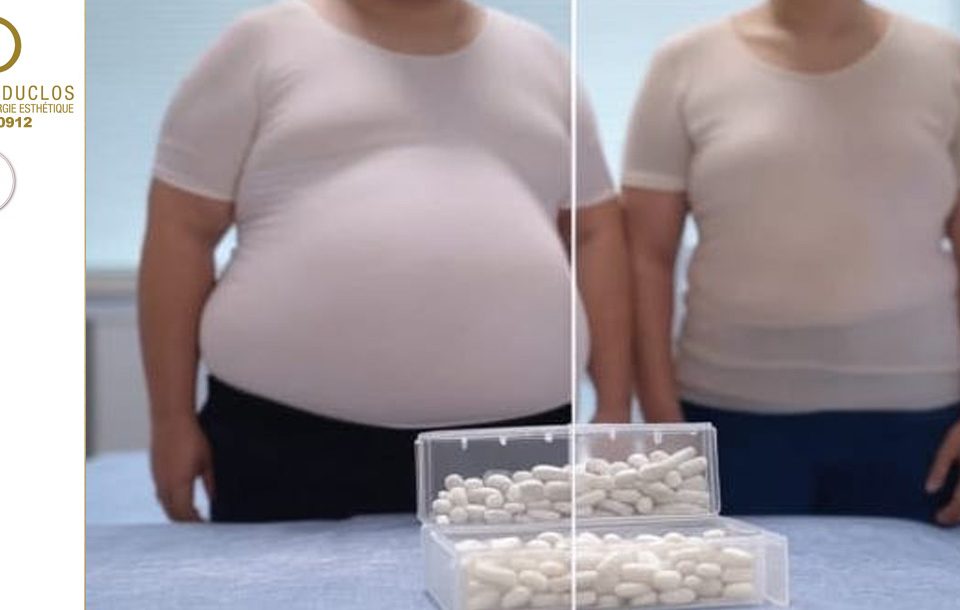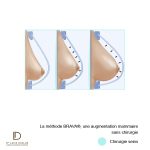
The BRAVA® method
11 October 2016
Otoplasty
12 October 2016
The facial lift
A facelift is a surgical procedure intended to tighten sagging skin and muscles, which has the effect of rejuvenating the appearance of the face. The operation mainly aims to tone the skin and supporting tissues of the lower face and neck in order to redefine the oval of the lower face as well as the angle under the chin and along the jawline.
A cutting-edge surgical technique
While the facelift used to be a major operation, techniques have evolved significantly over the past ten years, along with knowledge of anatomy and understanding of how aging affects the face. Today’s new techniques favor lighter interventions, with shorter incisions, located in more discreet locations. Also, many procedures are now done under simple local anesthesia. It should also be noted that there is a tendency these days to carry out interventions earlier, from the age of 45/50, when the skin is still elastic and recovers easily. Also all these developments in knowledge, practices and techniques result in greater comfort for patients, with lighter post-operative periods, minimized scarring and shortened recovery periods.
Short incision facial lift
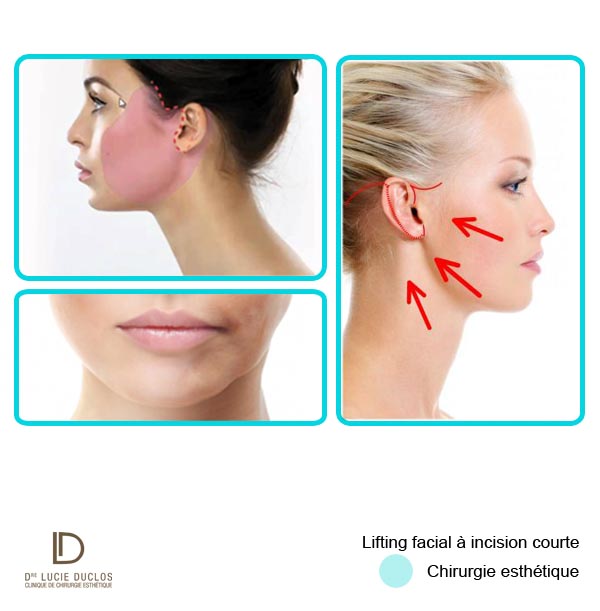
The short incision facial lift has become possible, particularly thanks to new surgical instruments that have appeared in recent years. The incision is only a third of the size of the classic facelift. The re-tensioning is more targeted, which limits the surface area of skin detachment and means that edema, sensory disorders and hematoma are less significant. Another notable advantage is that the procedure takes less time than for a complete facelift. Anesthesia is therefore less cumbersome, especially when local anesthesia is possible. A partial intervention also reduces the risks of a fixed result or one that transforms the features. The scars are almost invisible and it is possible to wear your hair short or wear it up, exposing your ears.
The cervico-facial lift
The cervico-facial facelift is the most commonly performed facelift in this type of procedure. It is generally practiced from the age of fifty and consists of tightening the neck area and reshaping the oval. It allows you to work on the jowls – the sagging skin on each side of the chin along the jaw line – and thus better define the contour of the jaw while preserving its natural appearance.
The cervical lift
The head and neck lift may need to be complemented by a neck lift, which involves tightening the neck muscles and removing excess skin to eliminate the “turkey neck”. The neck will then appear rejuvenated. The incision is made behind the ear.
It is an intervention that is difficult to imagine alone and is most often accompanied by the re-tensioning of the mandibular rim, unless the person has already had a facelift before. The cervical lift can also complete rejuvenation in a person who has had volumizing injections in the middle part of the face.
Who are the candidates for short incision facelift?
Most short incision facelift candidates have sunken or drooping cheeks, jowls, and furrows/folds around the mouth, including nasolabial folds. The skin on the neck is loose or has excess fat. If the skin of the neck is too loose (turkey neck) a cervical lift will then be necessary in addition to the cervico-facial lift.
Before the procedure
The candidate for short incision facelift is asked to mention their medical history as well as previous surgeries. In order to define whether this type of operation is the solution best suited to his objectives, all other surgical and non-surgical options will be presented to him. The person will also be informed of the risks associated with the surgery so that they can make an informed decision.
During the procedure
The procedure is carried out depending on the case under general or local anesthesia with intravenous sedation. It lasts between one hour and three hours and is performed on an outpatient basis (with entry in the morning and exit in the evening after a few hours of post-operative monitoring) or more rarely with one night of hospitalization.
Operative consequences
After surgery, the face will be swollen, bruised and may be painful. These side effects usually disappear after 10 days, but for some more sensitive people, the recovery period may be 12 or 14 days.
The dressing may include drains for a day or two. The stitches are removed 8 to 12 days after the procedure. The first days of recovery, it is recommended to rest as much as possible, with your head elevated.
It takes 3 to 6 months for complete resolution of the edema.
Risks
Risks associated with this procedure include infection, bleeding, anesthesia-related complications, nerve damage, blood clots, transient hair loss, sensory disturbances, necrosis (rare), and paralysis. (extremely rare).
Resumption of activities
Depending on your condition and your profession, you will be able to return to work after a convalescence period of 7 days to 10 weeks after the procedure. You can resume light physical exercise approximately after 1 week, but it is not recommended to do vigorous exercise or lift heavy objects for the first 10 days. Generally speaking, any activity requiring physical effort should be avoided, including leaning forward.


